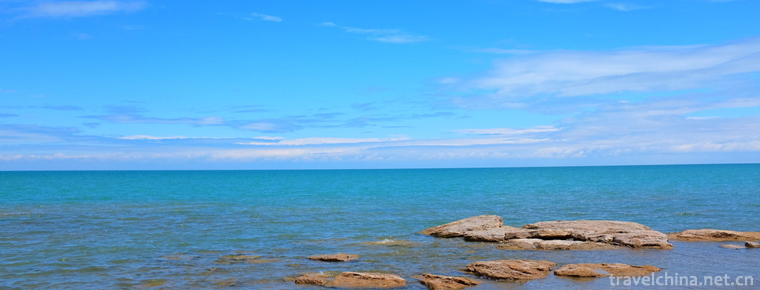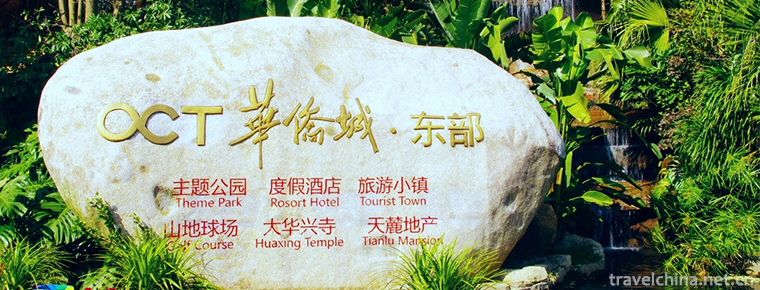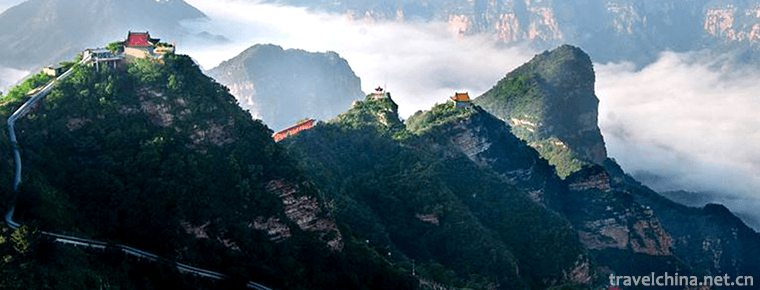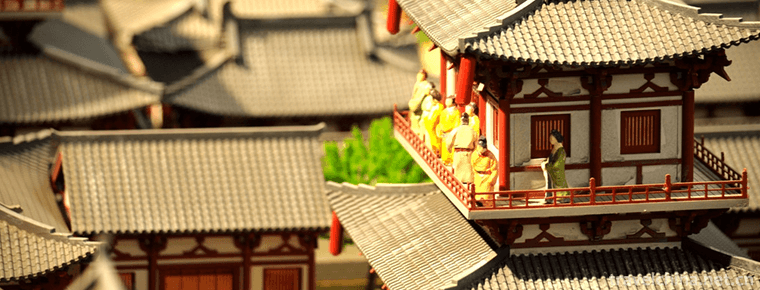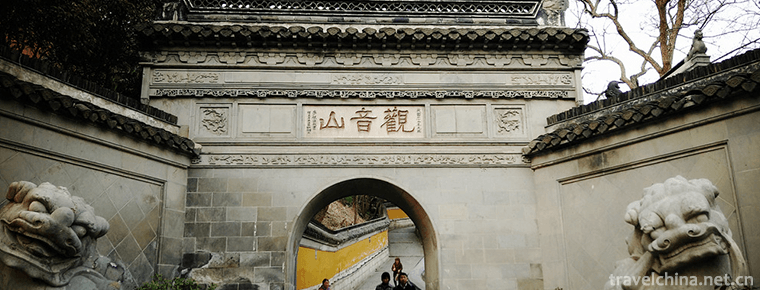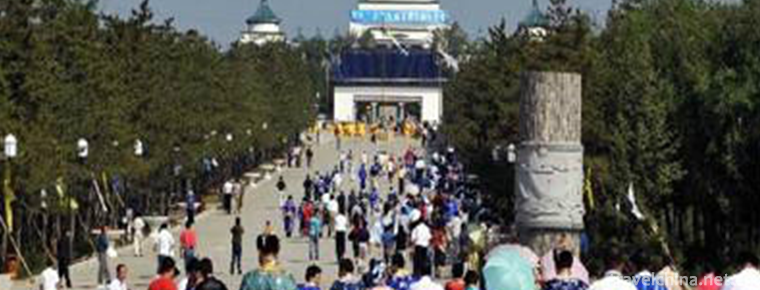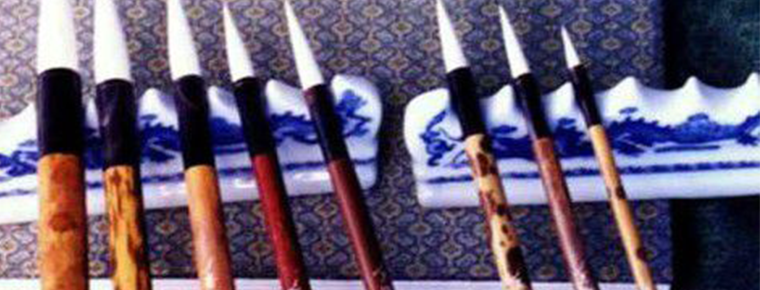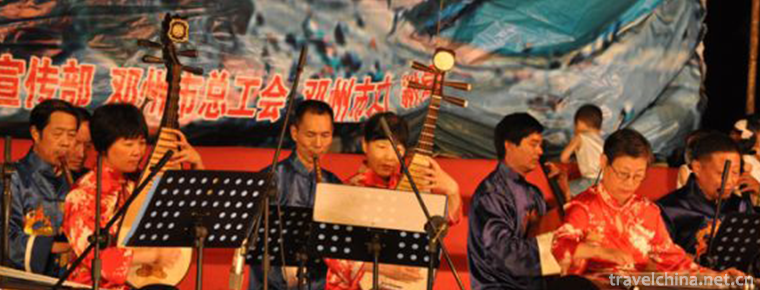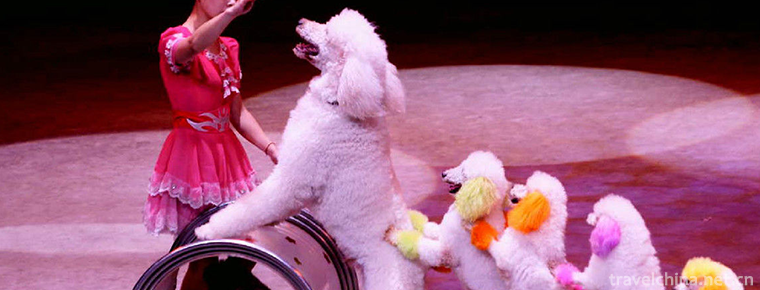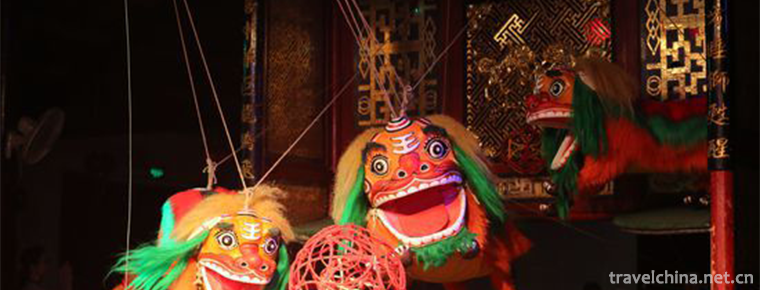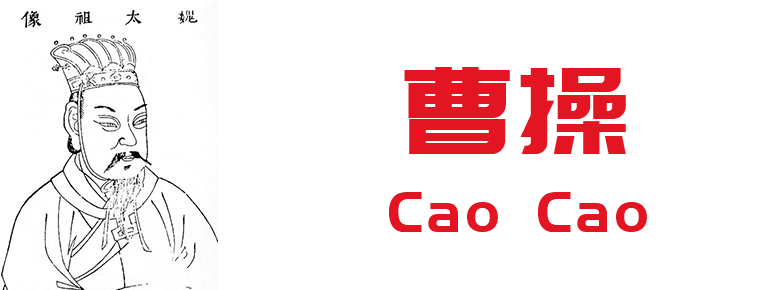Taipei 101 building
Taipei 101 Building, formerly known as Taipei International Financial Center, also known as Taipei 101, Taipei Financial Center, is located in Taipei Xinyi District, Taipei Xinyi District Financial and Trade Zone Center, east of Xinyi Square, north of Xinyi 21 Park, west of Fuji Ocean Travel, south of the Taipei MRT Xinyi Line.
Taipei 101 Building covers an area of 1.53 million square meters, including a 101-storey office tower, a 6-storey commercial podium and a 5-storey underground floor. Each 8-storey building is a structural unit, which is successive and overlapping with each other. The building area is 398,000 square meters.
In 2011, the Taipei 101 building was awarded the LEED platinum certification green building.
In January 1998, the 101 building of Taipei started construction.
In October 2003, the main building of Taipei 101 was completed, and on November 14, the shopping mall of Taipei 101 was officially opened.
In December 31, 2004, the office building of Taipei 101 building was officially opened.
In January 19, 2005, the viewing platform of Taipei 101 building was opened to the public.
The office building of Taipei 101 is a visitor card issuing system with 34 double-decker elevators. Three different operation modes are changed according to the number of passengers in different periods.
Full double-deck operation: in rush hours, such as on, off work and lunch, the upper elevator stops on even floors, the lower elevator stops on odd floors;
Semi-double-deck operation: generally used in non-rush hours, all floors can be parked, the upper elevator parked below the lower floor, the lower elevator parked below the lower floor;
Single layer operation: suitable for late night and idle time. The upper elevator is shut down and the lower elevator stops at all floors.
There are smoking rooms and building management offices on the 35th floor, International Conference Center on the 36th floor, rental Offices on the 59th and 60th floors, management headquarters - Taipei Finance Building Co., Ltd. and multi-functional venues on the 84th floor.
Taipei 101 building is mainly planned by Taipei Finance Building Co., Ltd. and designed by architects Li Zuyuan and Wang Chongping. The design unit is digital 8. Each eight-storey building is a structural unit with an inclination of 7 degrees in the building plane. It is connected with each other and overlapped by layers to form a whole. The exterior is a multi-section structure, which achieves the effect of disaster prevention and wind prevention. As a result, every 8 floors form a group of self-made space, which dissolves the wind field effect caused by the air flow on the ground caused by high-rise buildings, and is separated by greening planting areas. The walls are transparent and heat-insulating curtain glass.
The foundation piles of Taipei 101 building are composed of 382 reinforced concrete columns and 8 reinforced concrete columns. Tuned mass dampers are installed in the building to achieve the effect of earthquake prevention.
Exterior wall lighting will be used on special festivals, featuring festivals and festivals as the theme to display special words or graphics on the exterior wall; Taipei 101 Building fireworks display device, with different Festival subjects, will be used to display skyscraper-style fireworks.
From December 31st to January 1st of next year, the 101 building of Taipei conducts fireworks activities as the theme.
The annual 101 Taipei international high rise event is held every year.
In December 31, 2004, the 101 building of Taipei held the opening ceremony of the building.
On December 25, 2004, Alain Robert of France successfully completed the challenge of climbing Taipei 101.
In November 11, 2005 and May, the concert was held on the 91 floor outdoor viewing platform of Taipei 101 building.
On December 11, 2007, Baumgartner, an Austrian, successfully parachuted 40,000 meters from an open-air observation deck on the 91st floor of Taipei 101 Building.
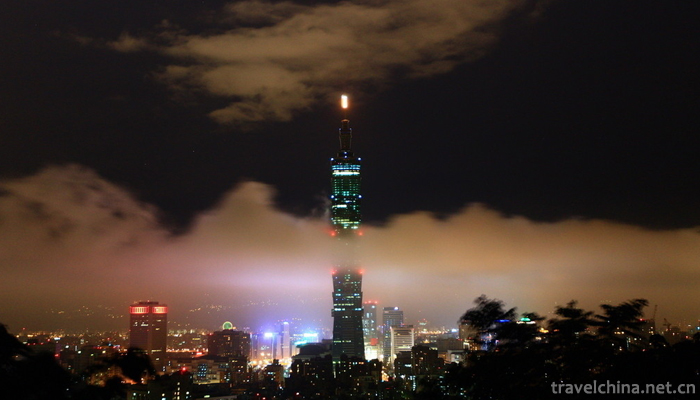
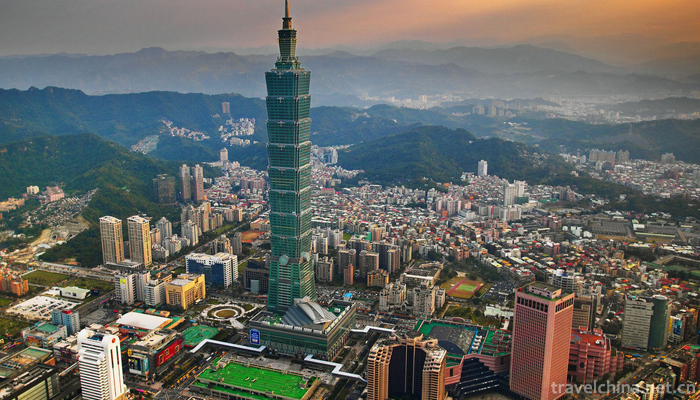
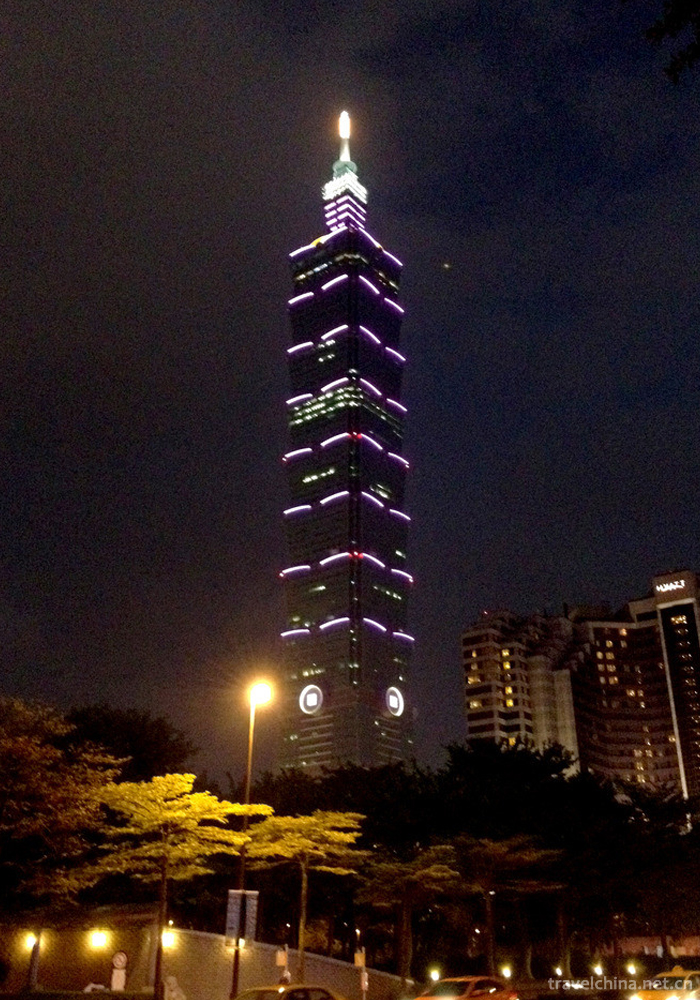
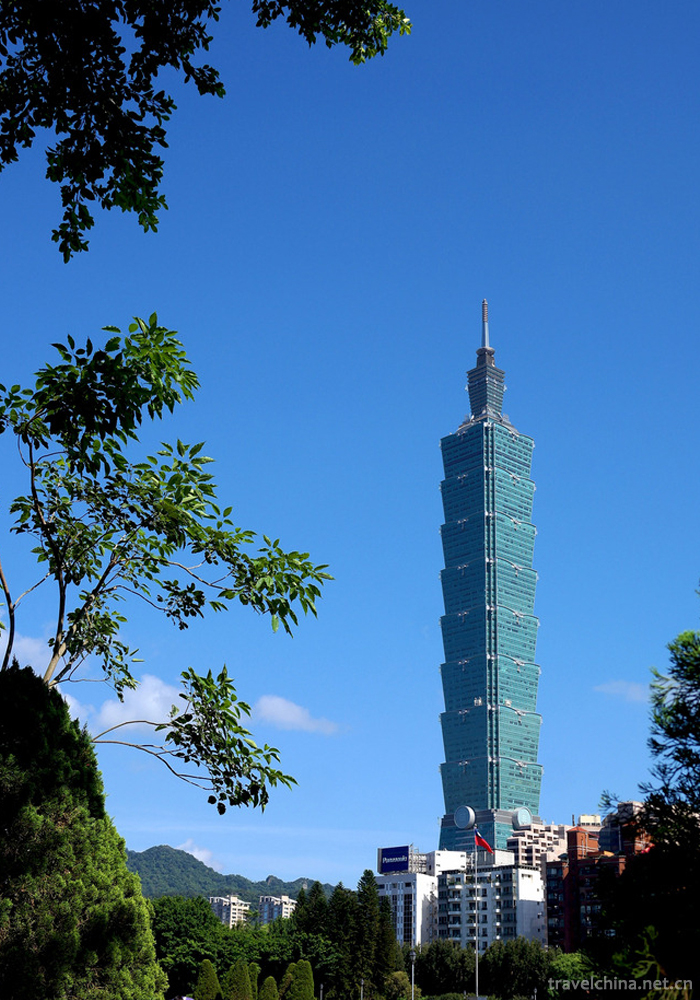
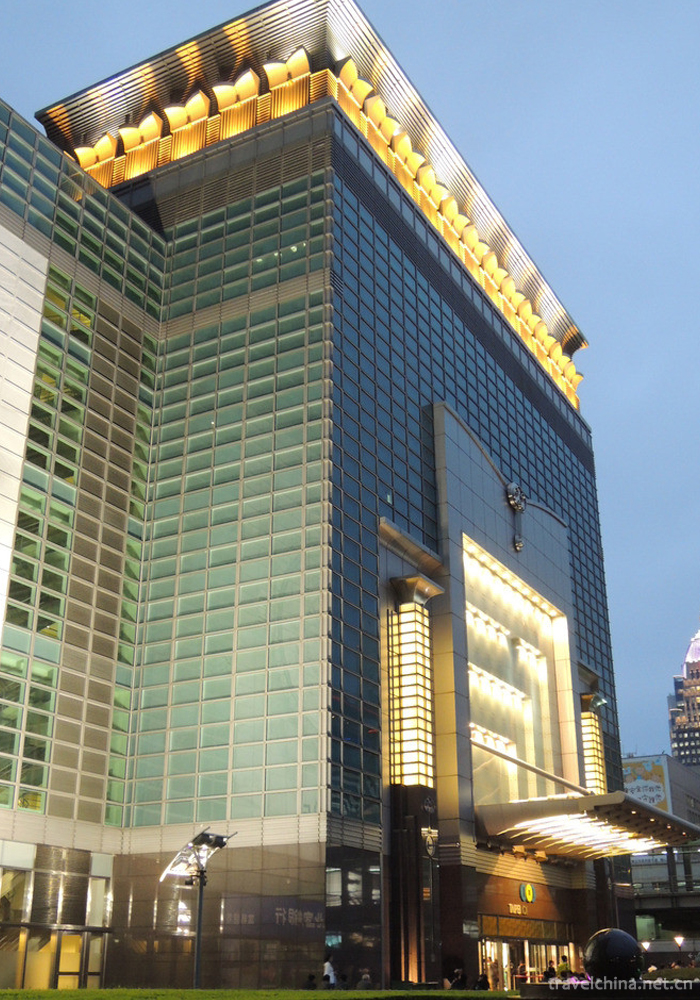
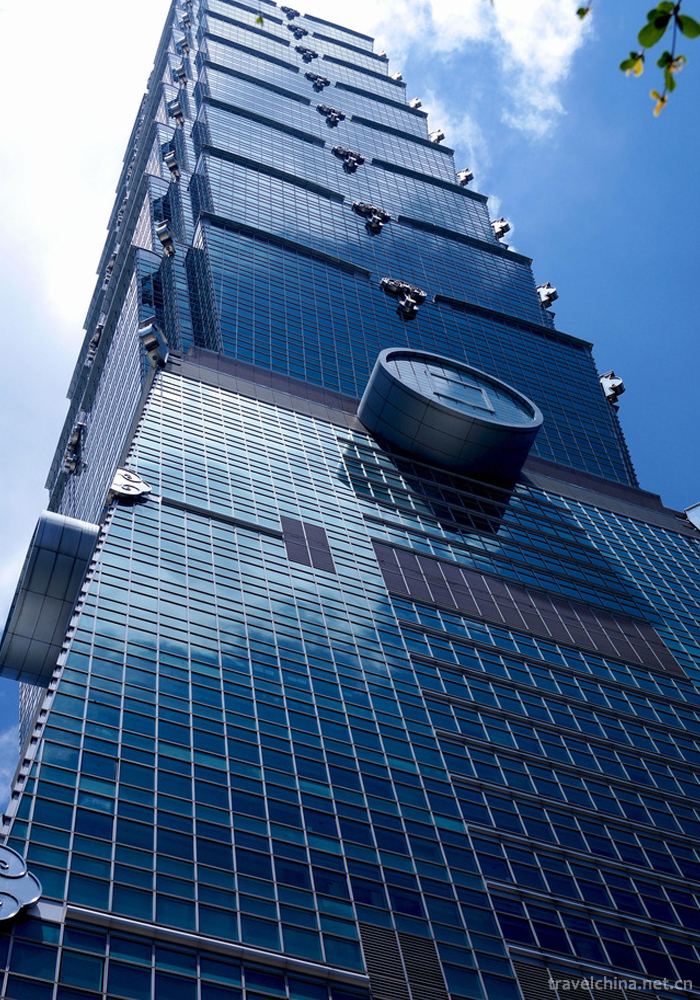
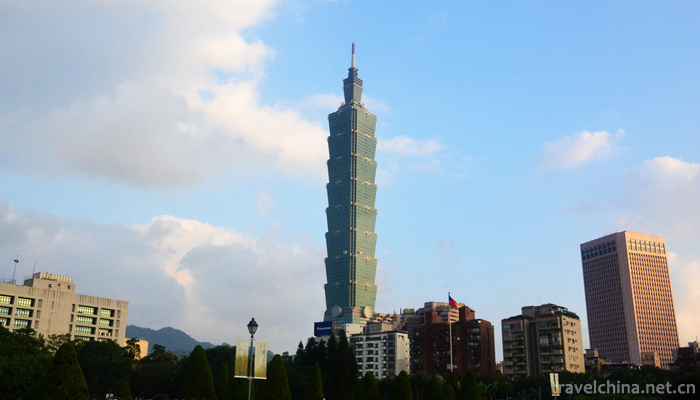
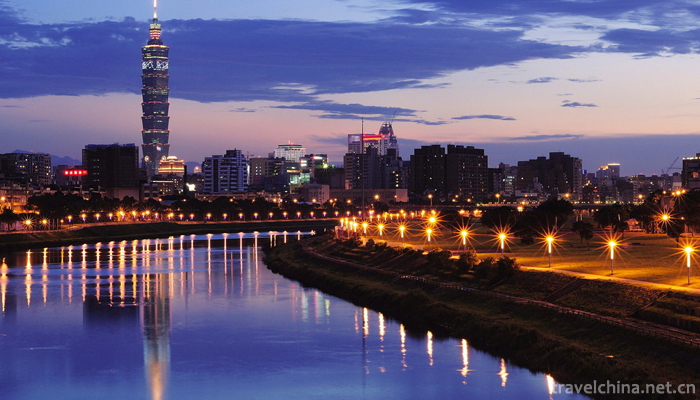
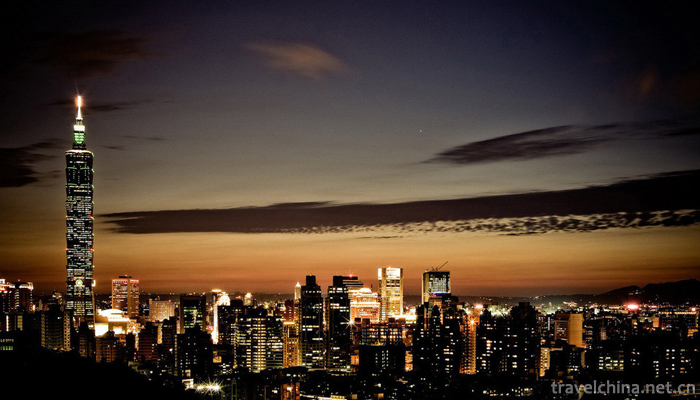
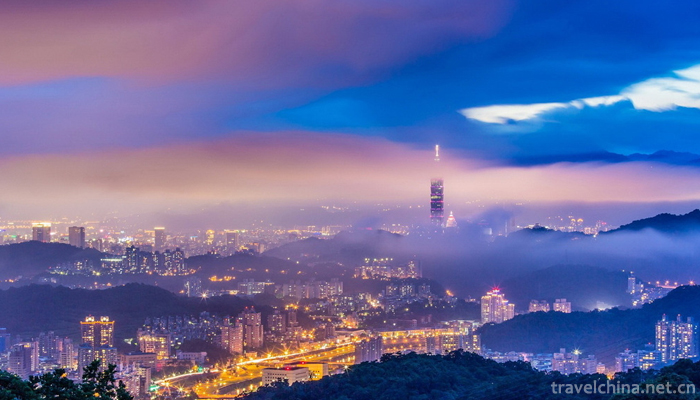
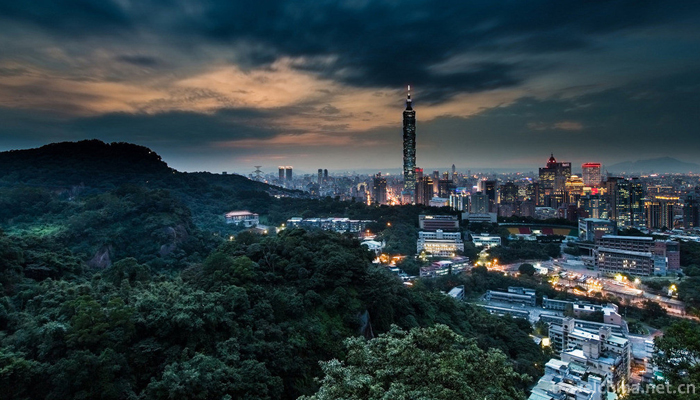
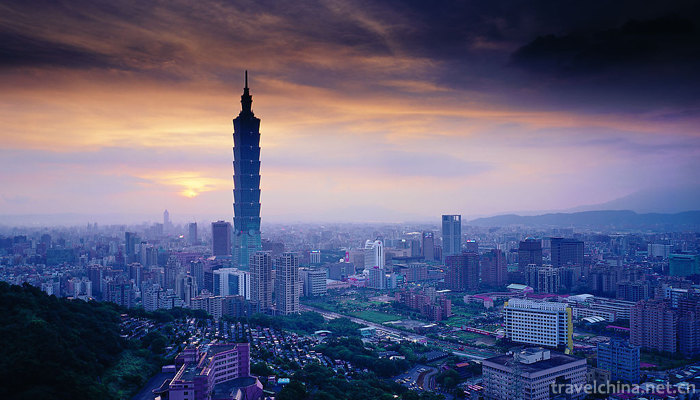
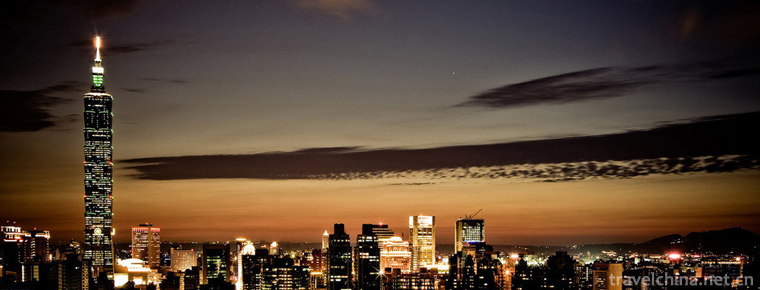
Taipei 101 building
-
Qinghai Lake
In Qinghai Lake, the Tibetan language is called "the weming cloth"
Views: 274 Time 2018-10-23 -
Shenzhen Overseas Chinese Town Tourist Resort
Shenzhen Overseas Chinese Town, located in the Rhododendron Hill of Shenzhen Overseas Chinese Town, is the latest generation of large theme parks built by the Overseas Chinese Town after the splendid
Views: 150 Time 2018-12-12 -
Jiulian mountain
Jiulianshan Scenic Spot is located in Songshuping Village, Shangbali Town, Huixian City, Xinxiang City, Henan Province. It belongs to the south foot of Taihang Mountain
Views: 203 Time 2018-12-22 -
Guyuan Northern Dynasty Sui and Tang Dynasties Cemetery
The tombs of the Northern Dynasty and Sui and Tang Dynasties in Guyuan are located in Xiaomazhuang, Yangfang, Shengou, Dabao, Wanglioba, five natural villages in the West and south suburbs of Yuanzhou
Views: 131 Time 2019-01-12 -
Guanyin Mountain National Forest Park Guangdong
Guanyinshan National Forest Park in Guangdong Province is the first National Forest Park in Dongguan City approved by the State Forestry Administration. It is located in Zhangmu Town, Dongguan City
Views: 128 Time 2019-01-13 -
Genghis Khan Festival
Genghis Khan's sacrifice is a Mongolian custom of offering sacrifices to Genghis Khan. It originated in the Wokuotai era, and was formally issued in the Kublai Khan era. It stipulated various sacrific
Views: 196 Time 2019-04-18 -
Craftsmanship of Lake Pen
Hubi craftsmanship, the traditional handicraft of Shanlian Town, Huzhou City, Zhejiang Province, is one of the national intangible cultural heritage.
Views: 224 Time 2019-05-03 -
Silk Strings of Laohekou
Laohekou Silk String is a traditional folk music in Xiangyang City, Hubei Province. Laohekou Silk String is different from other forms of folk literature and art. It is a music that combines folk arti
Views: 307 Time 2019-05-11 -
Circus
Circus is one of the acrobatics. Originally, it refers to the performance performed by people on horses. Now it is a general term for the performance of various wild animals and domesticated birds. It
Views: 145 Time 2019-05-16 -
Ningde Huo Boy Line Lion
Ningde Huo children's lion is a traditional folk culture, which controls the lion's movement and expression through silk thread. Line lion is mainly pulled by head rope, tail rope and parotid rope, so
Views: 93 Time 2019-06-08 -
Cao Cao
Wei Wu Di Cao Cao (155 years - 220 March 15th), the name is Geely, the word Meng De, nicknamed hide. Prefectural governor of Yuzhou Qiao (today) Anhui Bozhou Person . Eastern Han Dynasty Outstanding i
Views: 398 Time 2019-09-07 -
Leshan population
By the end of 2018, the total number of household registration in Leshan was 1 million 269 thousand and 500, and the household registration population was 3 million 506 thousand and 800. Among them, 1 million 290 thousand and 600 were urban household registration
Views: 403 Time 2020-12-17
